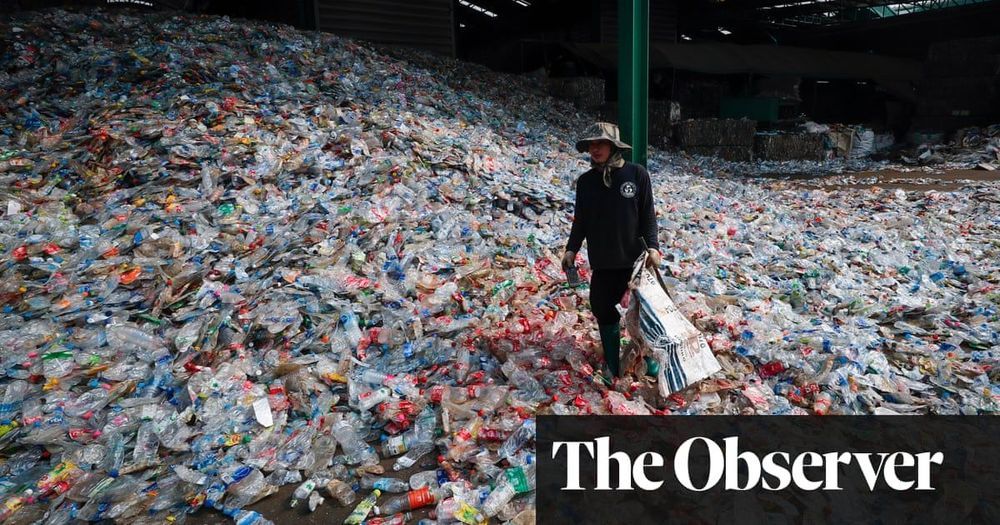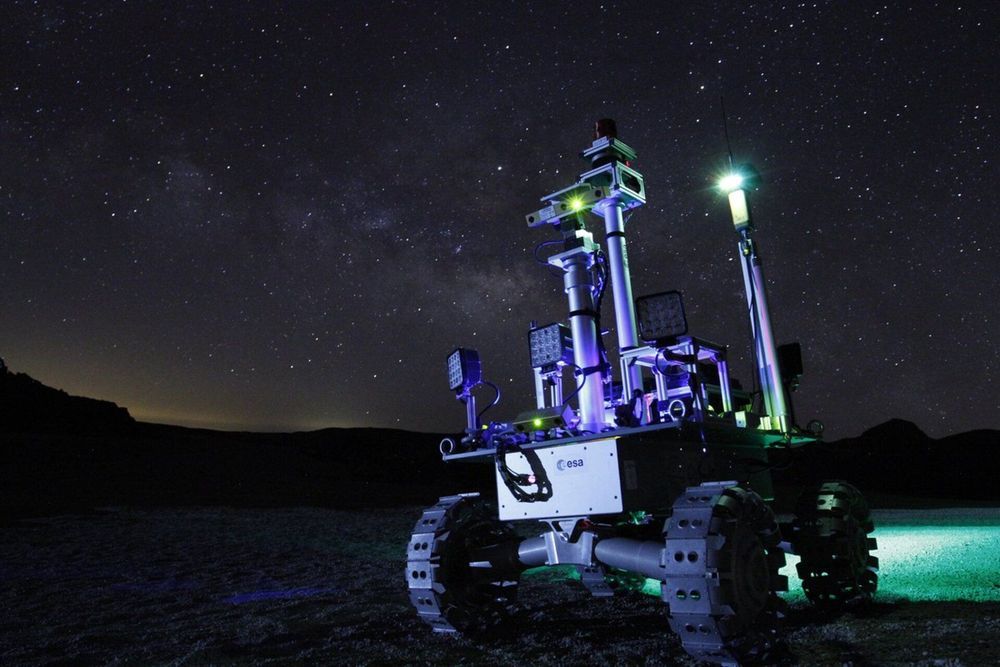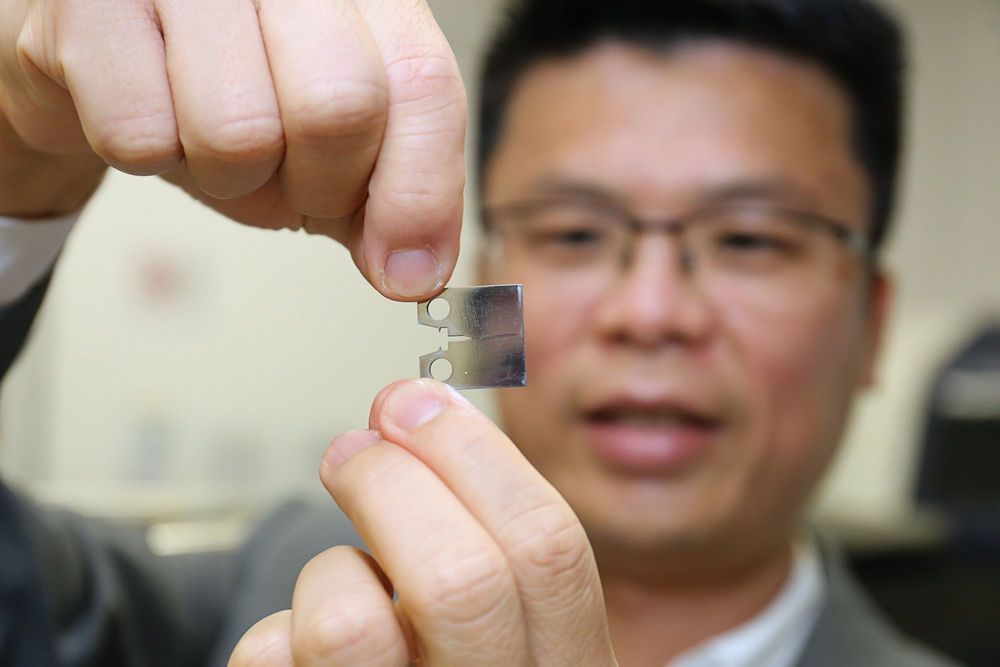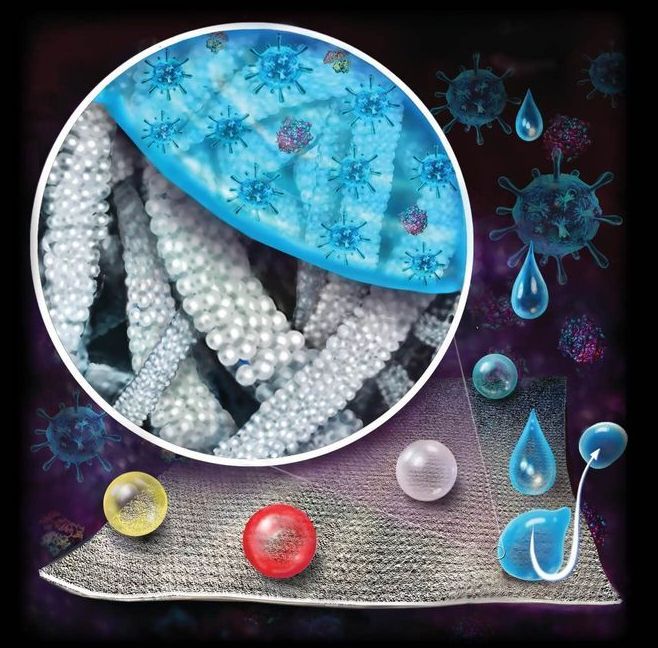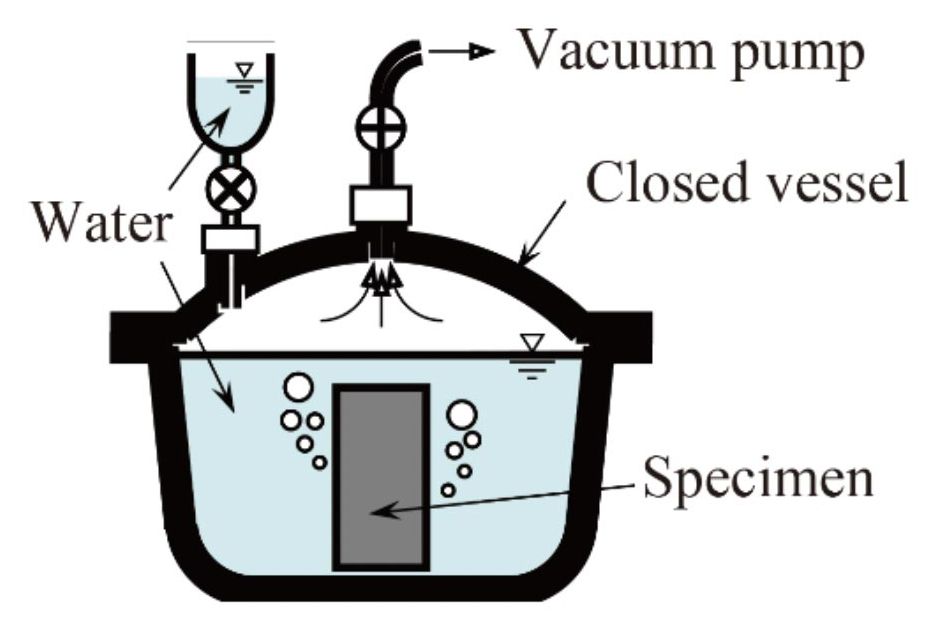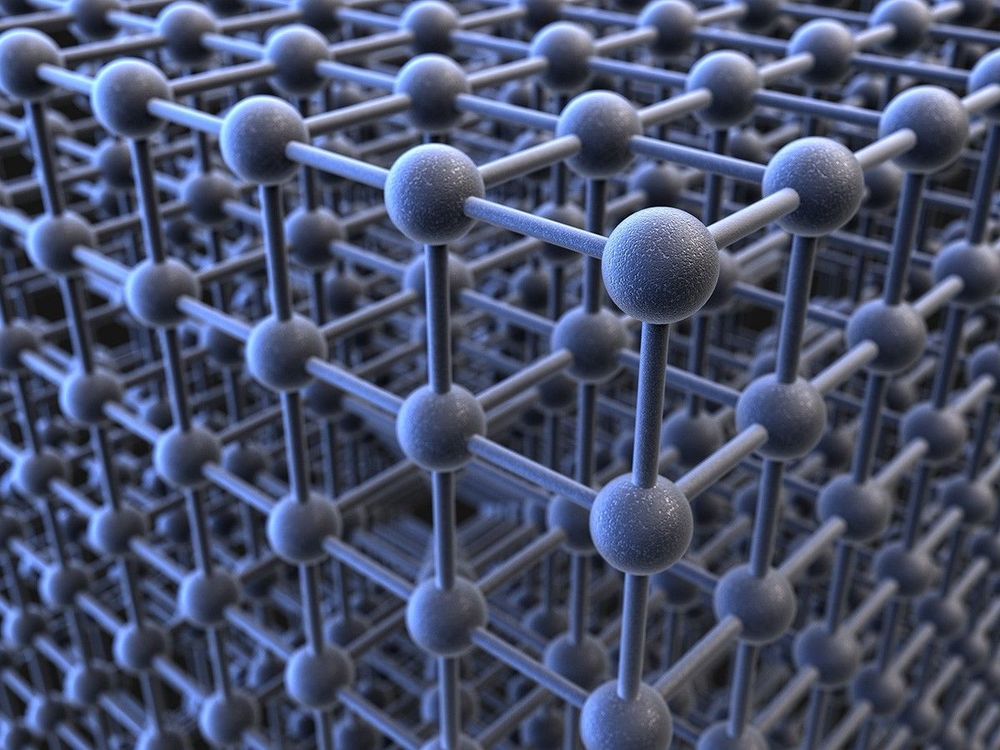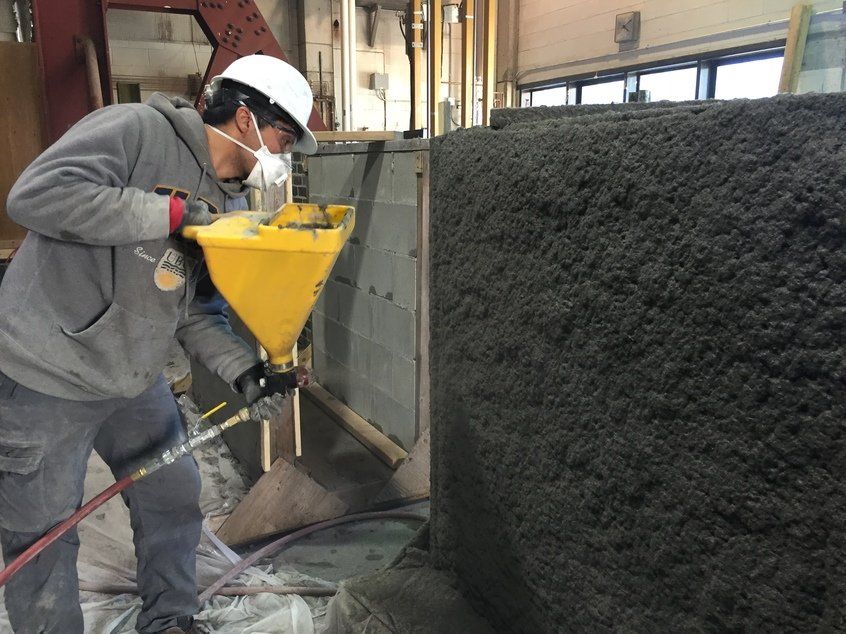Moderna has accelerated its manufacturing capacity for its COVID-19 vaccine candidate mRNA-1273 and additional future products through a 10-year agreement with Lonza announced today by the companies.
The companies agreed to establish manufacturing suites for Moderna at Lonza’s facilities in the U.S. and Switzerland for the production of mRNA-1273. Technology transfer is expected to begin in June, with the first batches of mRNA-1273 set to be manufactured at Lonza’s U.S. site in July.
Moderna and Lonza also said they intend to establish additional production suites across Lonza’s worldwide facilities, ultimately allowing for the manufacture of material equivalent to up to 1 billion doses of mRNA-1273 per year for use worldwide, based on the currently expected dose of 50 mcg.

